Important discovery in San Casciano dei Bagni (Siena), where 24 bronze statues in an excellent state of preservation have been recovered from the excavation of Bagno Grande, or the excavation of the Roman sanctuary discovered in 2021. Of the existence of the votive deposit had been known for several months: now, the research team has revealed to Ansa more details about the statues that were found at the site.
The votive statues, which are small in size (the five largest reach up to a meter in height), constitute, according to archaeologist Jacopo Tabolli of the University of Siena, an “absolutely unique treasure” found along with several inscriptions in Etruscan and Latin, as well as coins, and plant offerings. “Made in all likelihood by local artisans, the 24 newly found statues,” Tabolli explains flanked by excavation director Emanuele Mariotti and Ada Salvi of the Siena Superintendency, “can be dated between the 2nd century B.C. and the 1st century A.D. The sanctuary, with its seething pools, sloping terraces, fountains, and altars, existed at least since the 3rd century B.C. and remained active until the 5th century A.D., when in the Christian era it was closed but not destroyed, the pools sealed with heavy stone columns, the deities reverently entrusted to the water. That is also why, when that cover was removed, archaeologists found themselves in front of a treasure still intact, in fact the largest deposit of statues in ancient Italy and in any case the only one whose context we have the possibility of reconstructing entirely.”
The statues were to be placed on the outer rim of the large sacred pool and anchored on the elegant travertine blocks. On several occasions - certainly during the first century AD. - the statues were detached from the edge of the pool and deposited at the bottom. So, this was not a dumping of sacred material into the hot water, but rather a ritual deposition, mediated with the deity. The votive acts then continued until the 4th century AD with the deposition of nearly six thousand coins (in silver, bronze and gold). Only in the early 5th century AD was the sanctuary dismantled and closed. The large sacred treasure in the basin was covered with large tiles, and above it the columns of the sacred portico were lowered to seal the final closure of the place of worship.
One of the most interesting data is the co-presence of Etruscan and Latin objects. “Even in historical times when the most tremendous conflicts raged outside, inside these pools and on these altars the two worlds, the Etruscan and the Latin, seem to coexist without problems,” Tabolli explains. “Time passes here, the language changes, even the names of the deities change, but the type of worship and therapeutic intervention remain the same.” The statues found in San Casciano dei Bagni are votive offerings depicting the deities whose intercession was requested (such as Igea and Apollo), but there are also statues representing organs or parts of the human body for which divine intervention was requested. Instead, the inscriptions show names of Etruscan families, but there are also inscriptions in Latin that speak of the “aquae calidae,” the thermal waters of San Casciano that were already known at the time, and whose healing properties were known. This is a unique context since, while Rome and the Etruscan cities of present-day Tuscany and Umbria were experiencing a time of strife, peace and stability prevailed here.
The excavation will now go on hiatus during the winter, as usual: in the cold season, in fact, the results acquired in the warm months are studied, and restoration work is carried out. “It will be a team effort, as it has always been so far,” Tabolli concludes.
The treasure of San Casciano will soon be musealized: in fact, Hosanna has approved the purchase of a 16th-century palace in the historic center of the Tuscan town, where the objects found in the excavation of Bagno Grande will be housed.

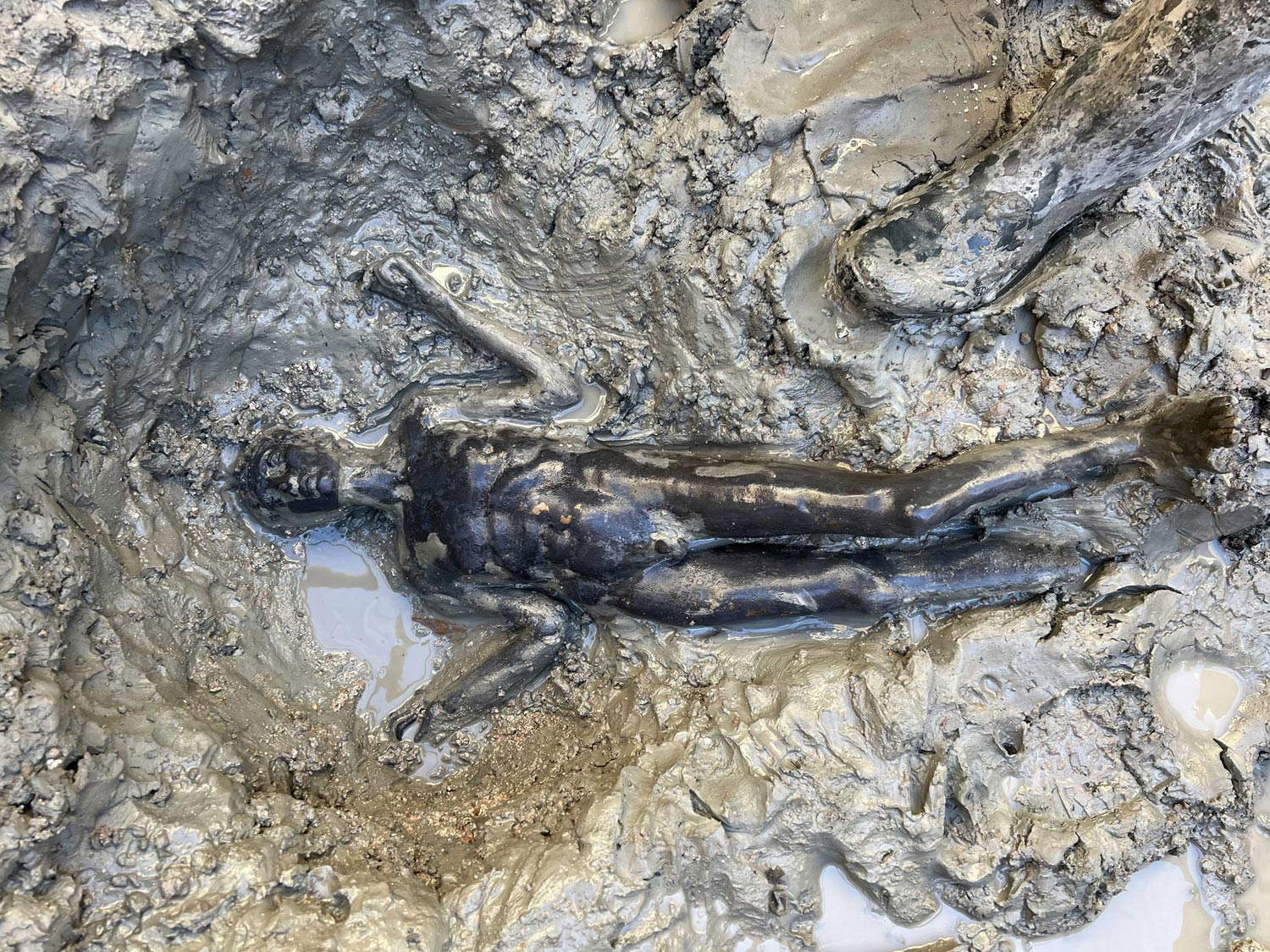 The bronze statues discovered in San
The bronze statues discovered in San The bronze statues discovered in San
The bronze statues discovered in San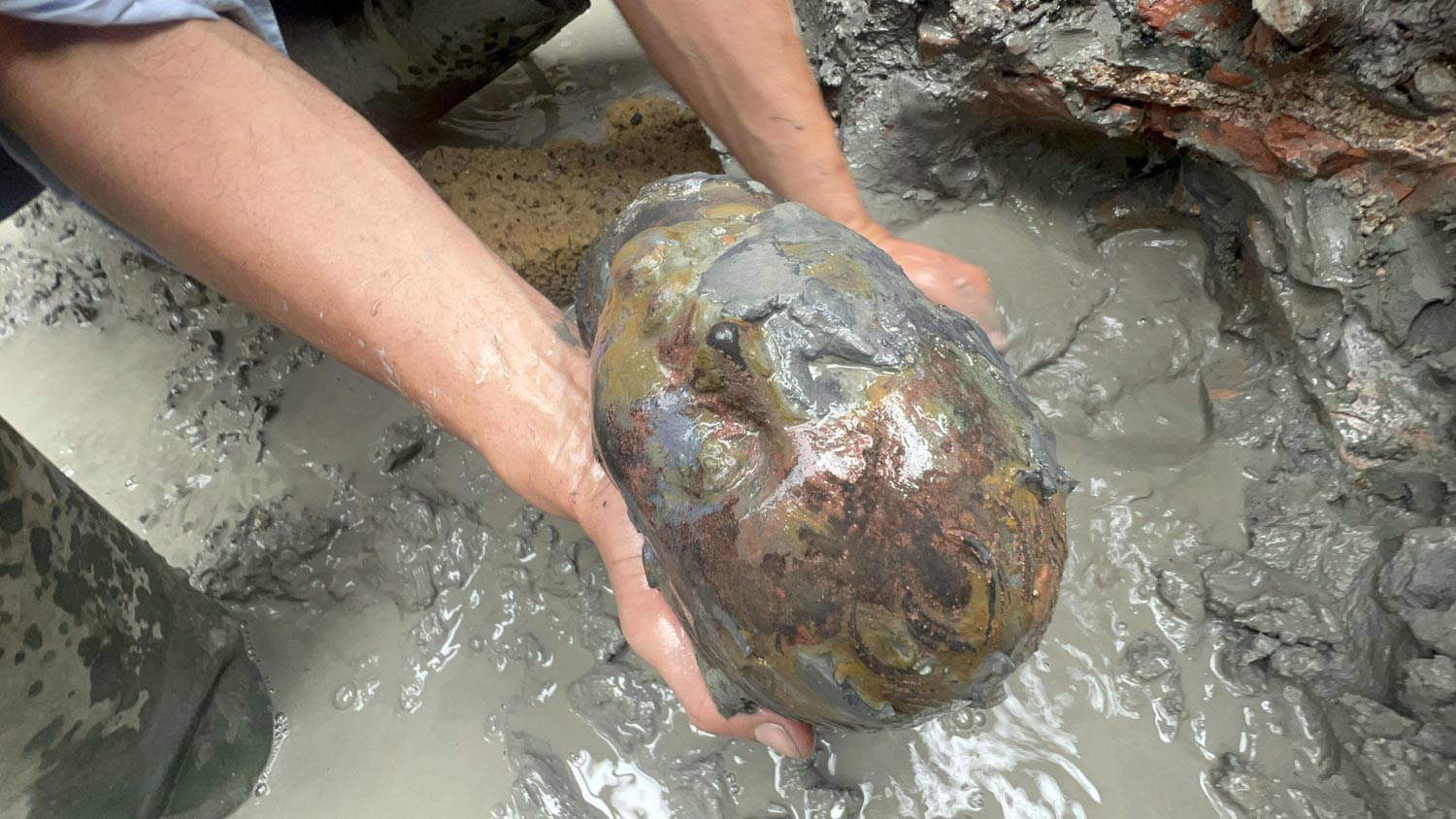 The bronze statues discovered in San
The bronze statues discovered in San The bronze statues discovered in San Casciano
The bronze statues discovered in San Casciano The bronze statues discovered in San Casciano
The bronze statues discovered in San Casciano The bronze statues discovered in San Casciano
The bronze statues discovered in San Casciano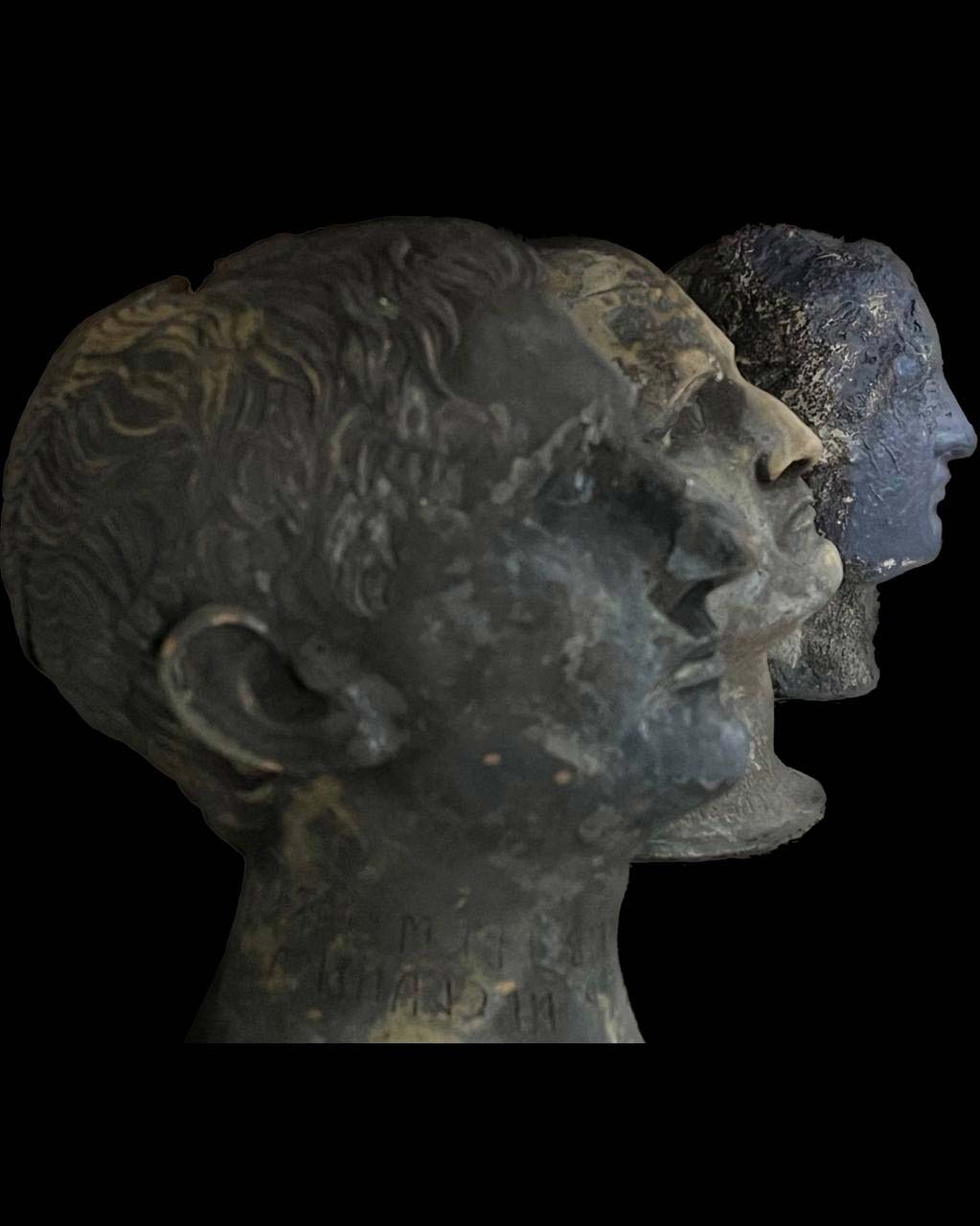 The bronze statues discovered in San Casciano
The bronze statues discovered in San Casciano The bronze statues discovered in San Casciano
The bronze statues discovered in San Casciano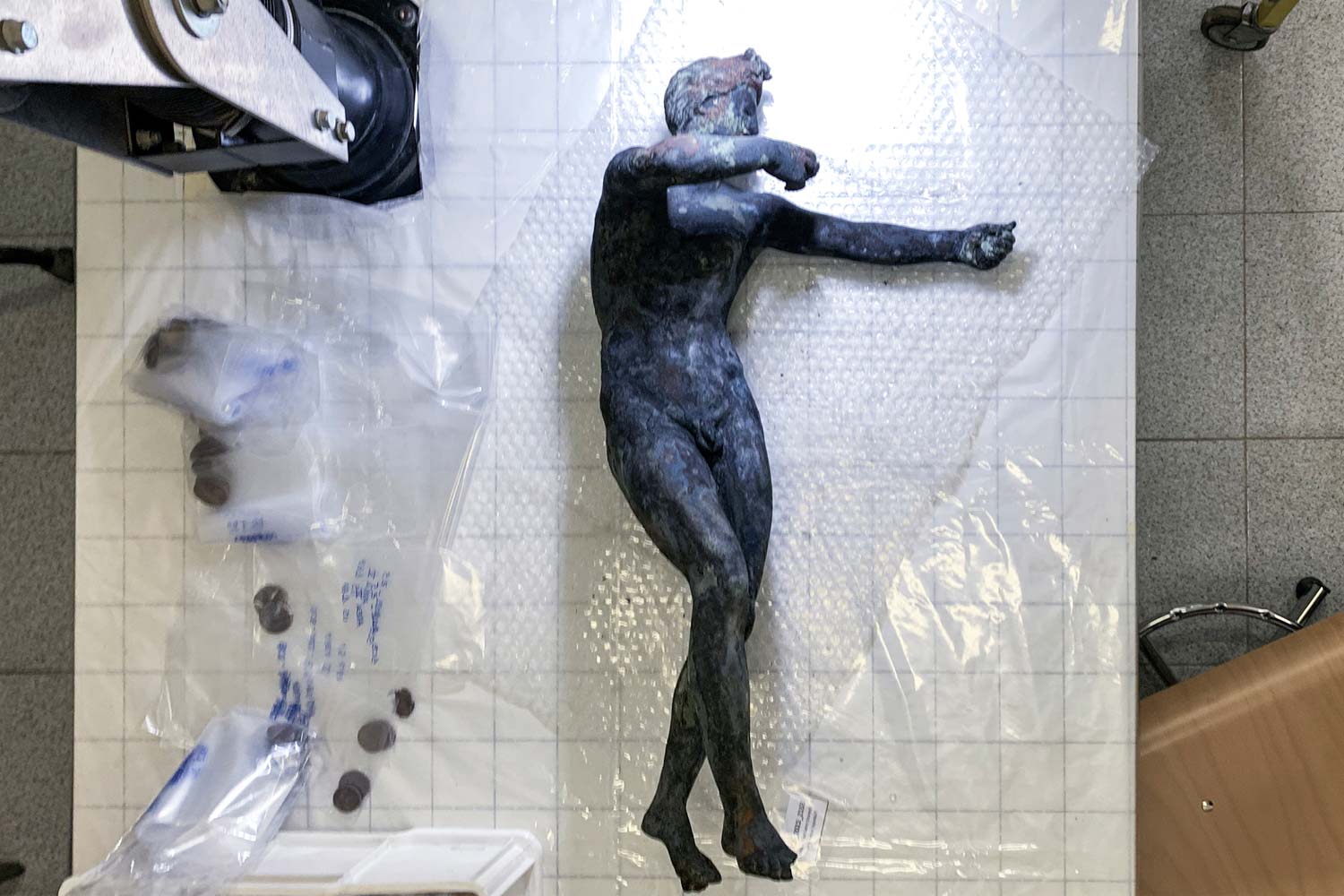 The bronze
The bronzeFor Culture Minister Gennaro Sangiuliano, who has already visited the workshop where the statues are being restored, this is an “exceptional find that confirms to us once again that Italy is a country of immense and unique treasures.The layering of different civilizations is unique to Italian culture.” For the director general museums of the Ministry of Culture, Massimo Osanna, it is “the most important discovery since the Riace Bronzes and certainly one of the most significant bronze finds ever made in the history of the ancient Mediterranean.”
“This discovery offers San Casciano an opportunity that is not only cultural and touristic, but a real opportunity for rebirth,” says the Mayor of San Casciano dei Bagni, Agnese Carletti. “A new museum, which will house the exceptional statues, and an archaeological park will be born in San Casciano. Two new places that will be for the area a real engine of development that will add to the already exciting presence of young archaeologists from all over the world who, thanks to this excavation, are repopulating the town now for many months of the year.”
“The discoveries of Bagno Grande,” says The Superintendent of Archaeology, Fine Arts and Landscape for the provinces of Siena, Grosseto and Arezzo, Gabriele Nannetti, “constitute an extraordinary excellence in the albeit very rich archaeological heritage over which the Superintendency is called to exercise the functions of protection, confirming once again that the field of archaeology can surprise us at any time with new and extraordinary discoveries and research possibilities.”
“The discoveries of Bagno Grande represent a surprising novelty in many ways,” stresses Ada Salvi, archaeological officer of the Soprintendenza Archeologia, Belle Arti e Paesaggio for the provinces of Siena, Grosseto and Arezzo. “It is precisely the plurality of information that is coming to us from the excavation and the study of the finds that has given impetus to a model of collaboration between the Scientific Direction of the excavation, the Concessionaire and the Superintendence, with each actor involved for their own skills and experience.”
“The excavation campaign that I had the honor and pleasure of directing in the field for 14 weeks between June and October achieved amazing and partly unexpected results,” explains the excavation director, Emanuele Mariotti. “The findings and the monumentality of the site exceeded our expectations. It should be noted that the exceptional nature of the context derives not only from the muddy but intact stratigraphies inside the basin, so rich in art and numismatic treasures, but also from the architecture with which the heart of the sanctuary, intended to collect the powerful hot waters of the spring, today’s Bagno Grande, was conceived in the early imperial period.”
The excavation is being coordinated by Prof. Jacopo Tabolli of the University for Foreigners of Siena and directed in the field by Dr. Emanuele Mariotti on behalf of the Municipality of San Casciano dei Bagni; the protection is directed by Dr. Ada Salvi of the Superintendence of Siena Grosseto and Arezzo. The excavation campaign was fully funded by the Municipality of San Casciano dei Bagni and is also supported by contributions from international companies and foundations (Ergon, Heureka Ambiente, Vaseppi Trust, Friends of Florence Foundation, Max Ulfane). Conservation and restoration are conducted by Dr. Wilma Basilissi of the Central Institute for Restoration in collaboration with Dr. Pozzi of the Soprintendenza Archeologia, Belle Arti e Paesaggio for the provinces of Siena, Grosseto and Arezzo. The Nucleo Carabinieri Tutela del Patrimonio Culturale of Florence also assisted the scientific direction of the excavation in the security operations of the excavation site and the finds. The Ecol-B company intervened in the most complex phases of the excavation and in securing the site, providing crucial input for the first conservative restorations to the structures that emerged from the mud. More than sixty male and female students from eleven national and international universities participated in the 16-week excavation. Their presence not only provided an exceptional opportunity to compare different traditions of archaeological excavation, but also revitalized the medieval village of San Casciano dei Bagni in a multilingual and multicultural perspective that mirrors the life around the ancient sanctuary and its statues.

 The bronze statues discovered in San
The bronze statues discovered in San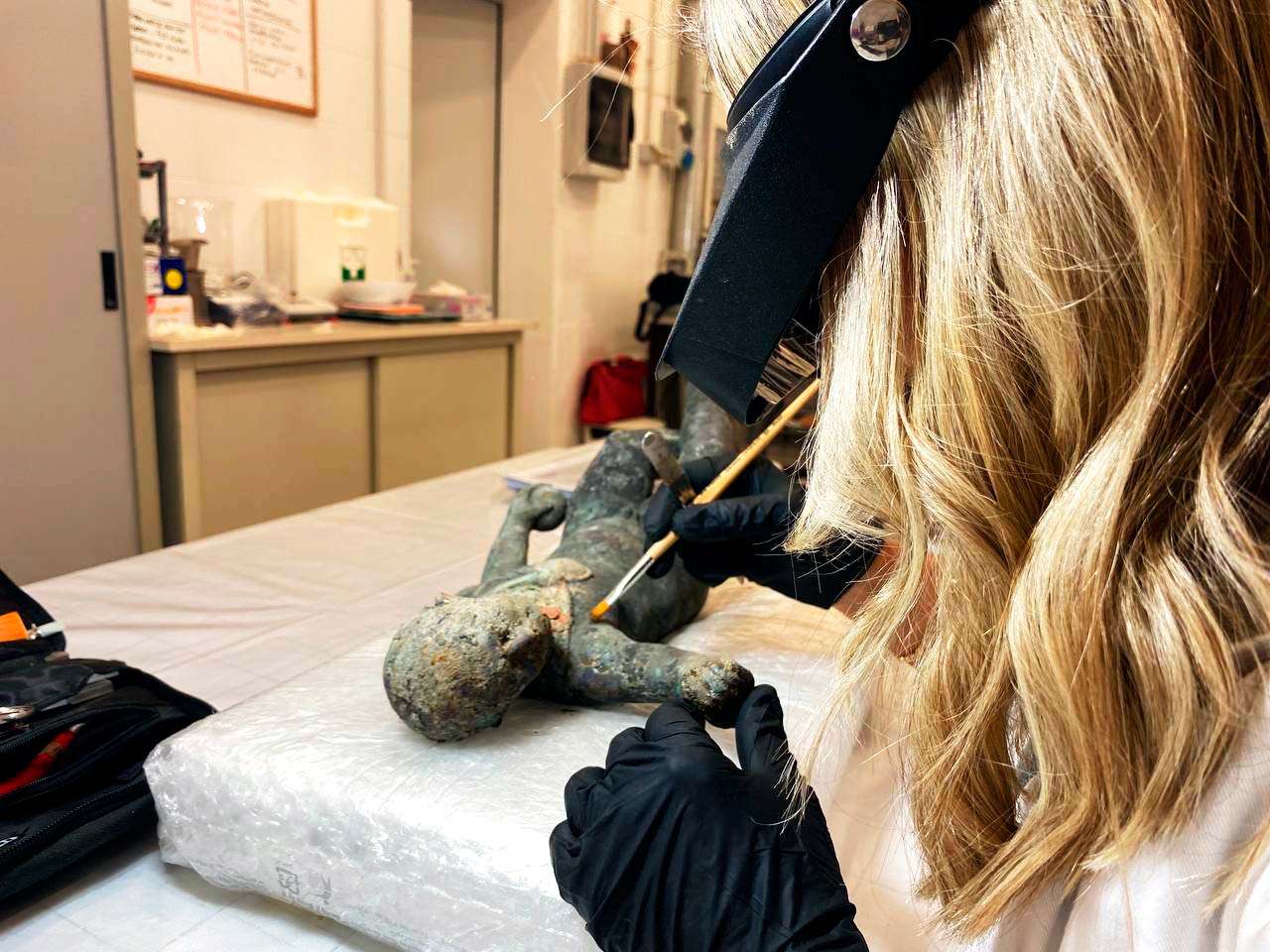 The bronze statues discovered in San
The bronze statues discovered in San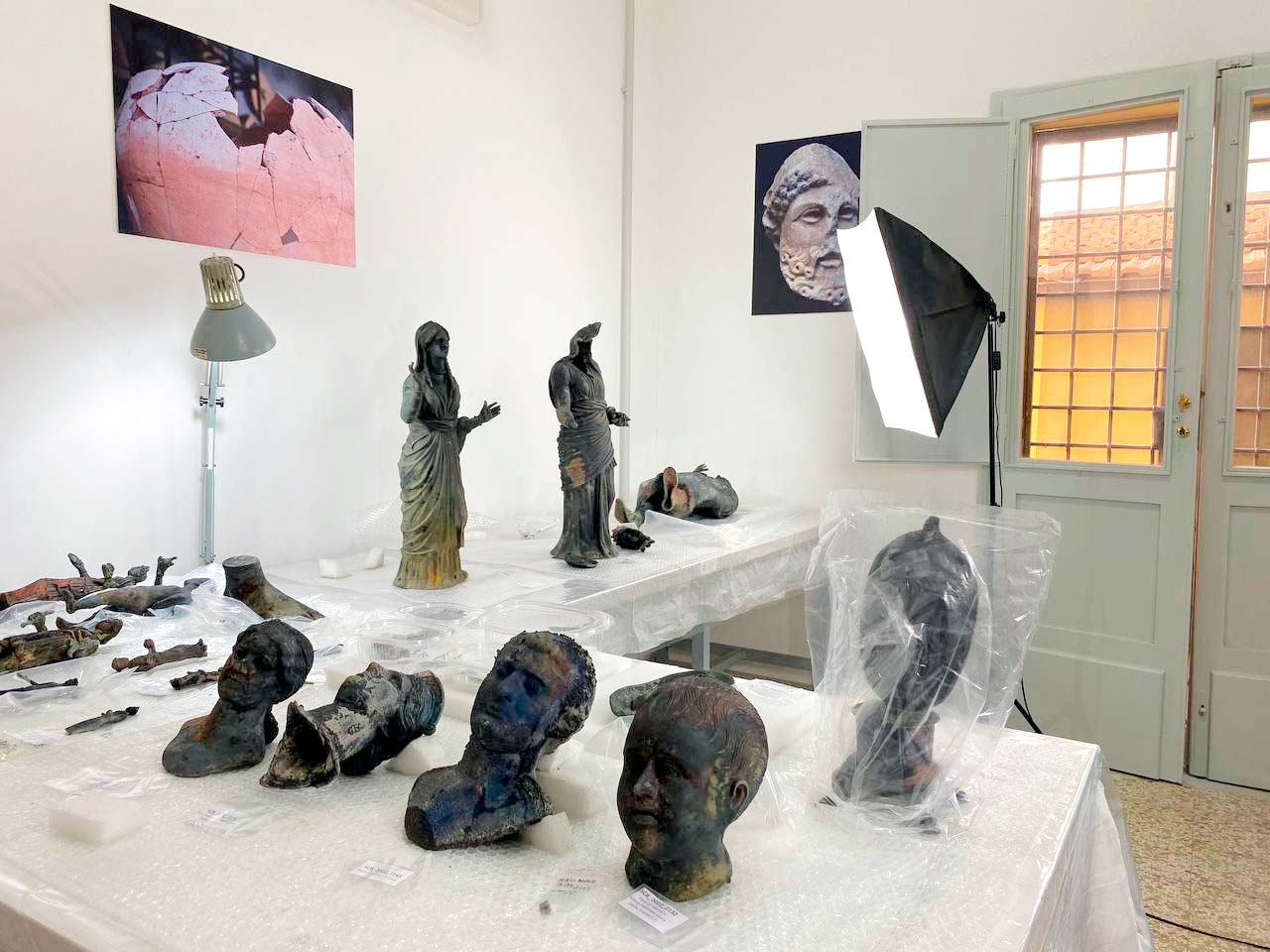 The bronze statues discovered in San
The bronze statues discovered in San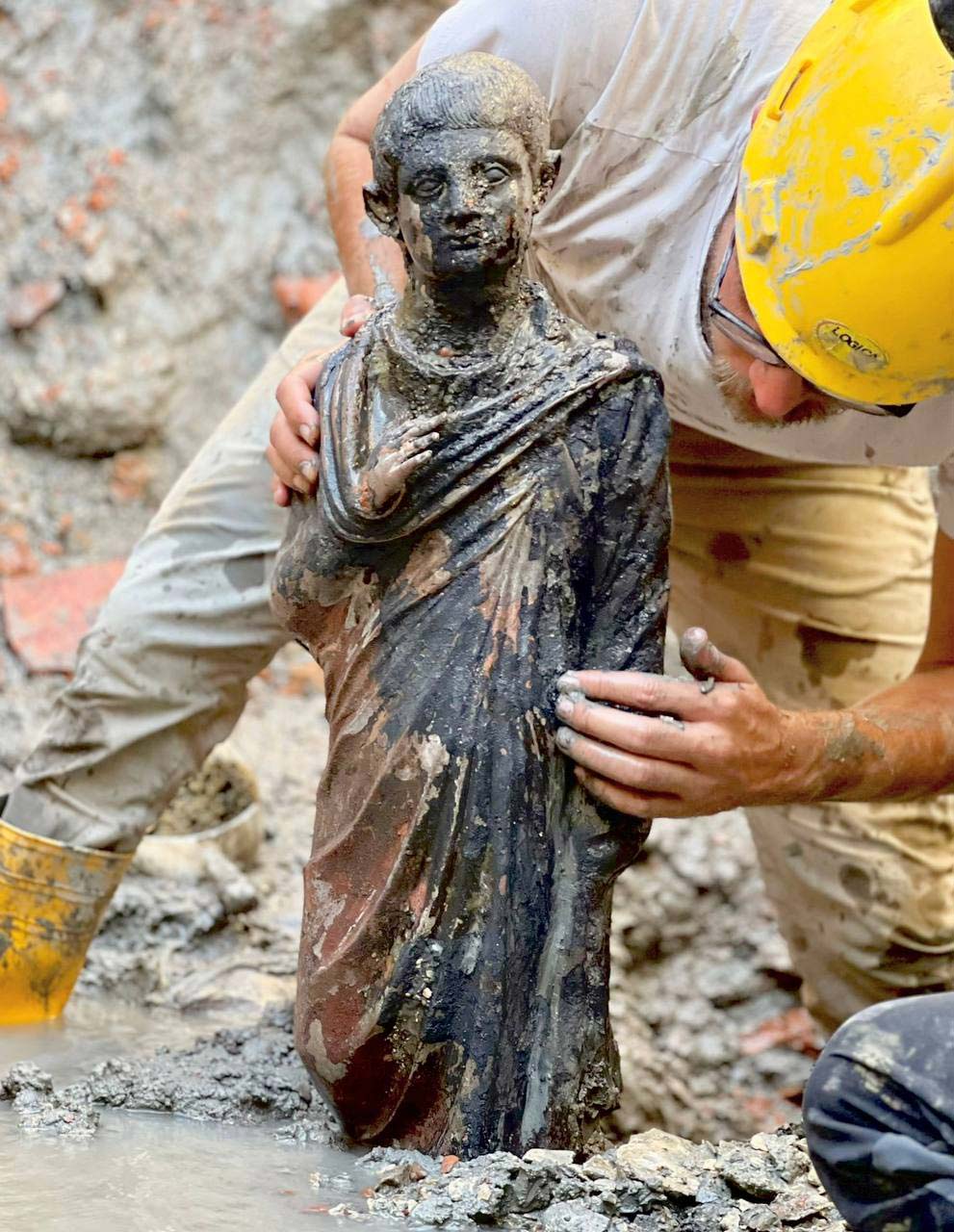 The bronze statues discovered in San Casciano
The bronze statues discovered in San Casciano The bronze statues discovered in San Casciano
The bronze statues discovered in San Casciano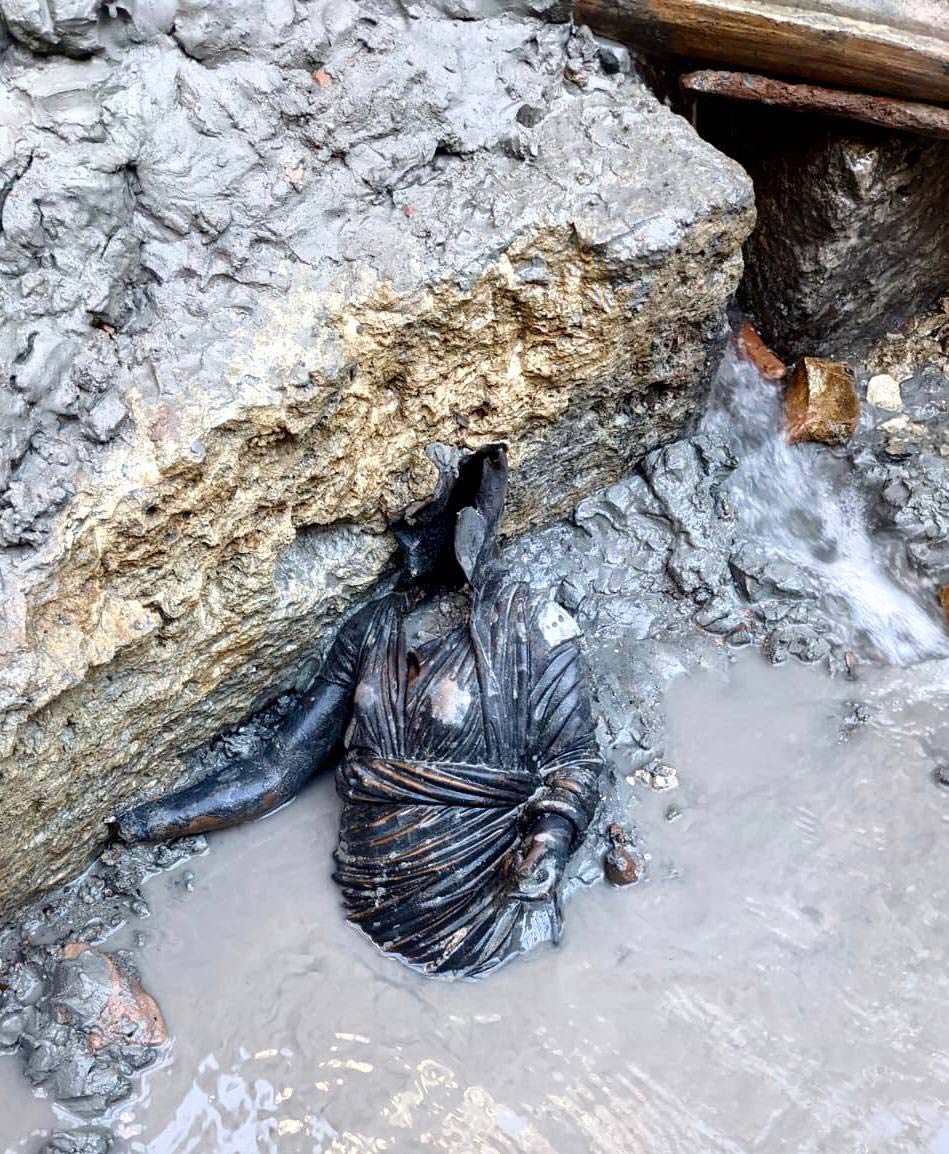 The bronze statues discovered in San Casciano
The bronze statues discovered in San Casciano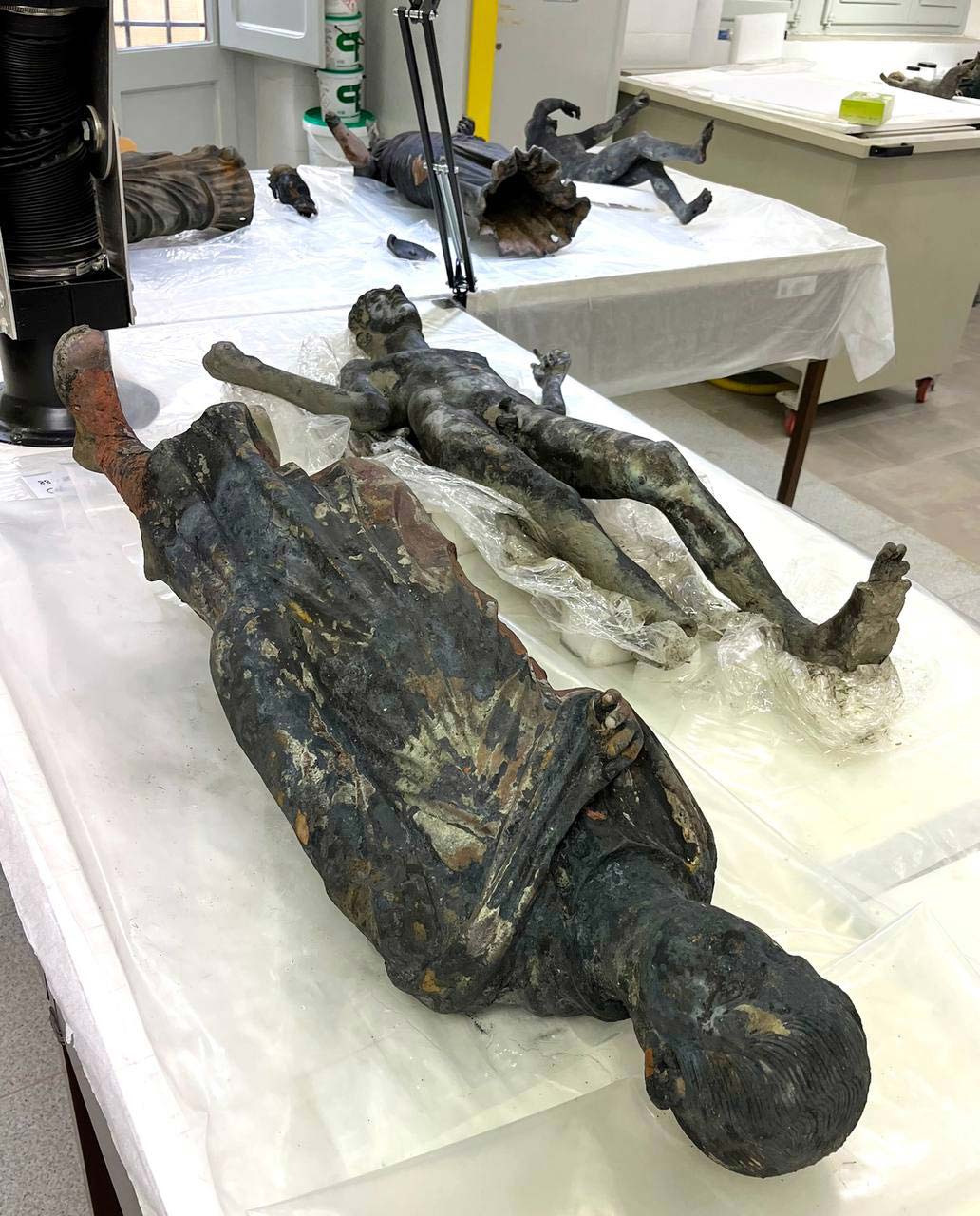 The bronze statues discovered in San Casciano
The bronze statues discovered in San Casciano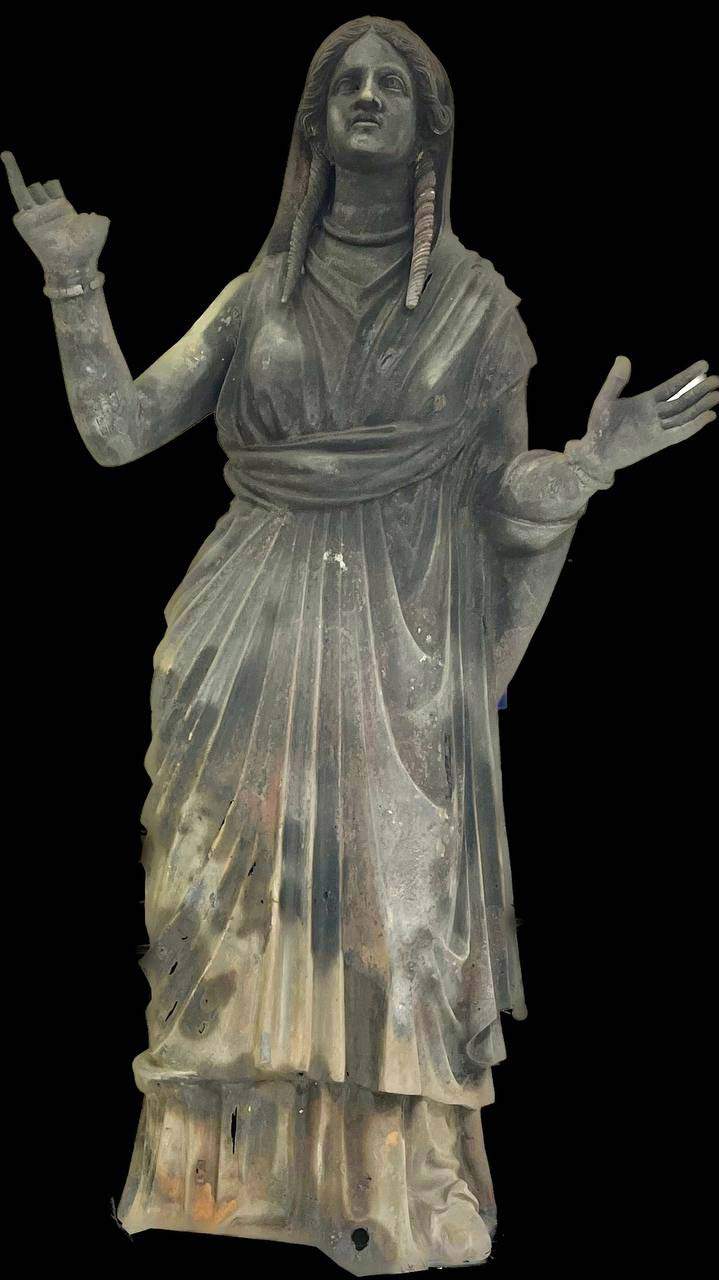 The bronze statues discovered in San Casciano
The bronze statues discovered in San Casciano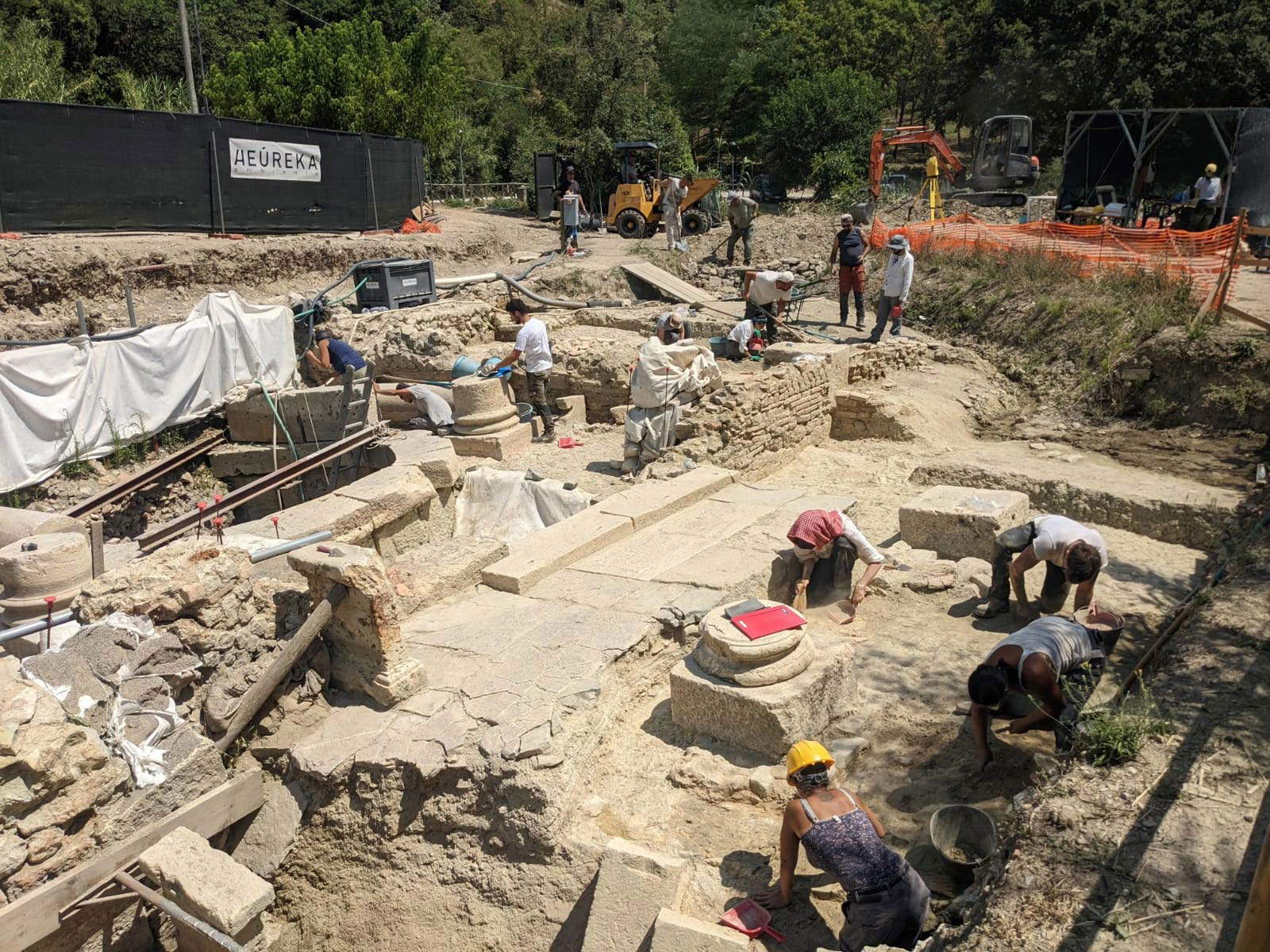 The bronze
The bronze
 |
| Tuscany, 24 bronze statues discovered in Roman sanctuary at San Casciano dei Bagni |
Warning: the translation into English of the original Italian article was created using automatic tools. We undertake to review all articles, but we do not guarantee the total absence of inaccuracies in the translation due to the program. You can find the original by clicking on the ITA button. If you find any mistake,please contact us.